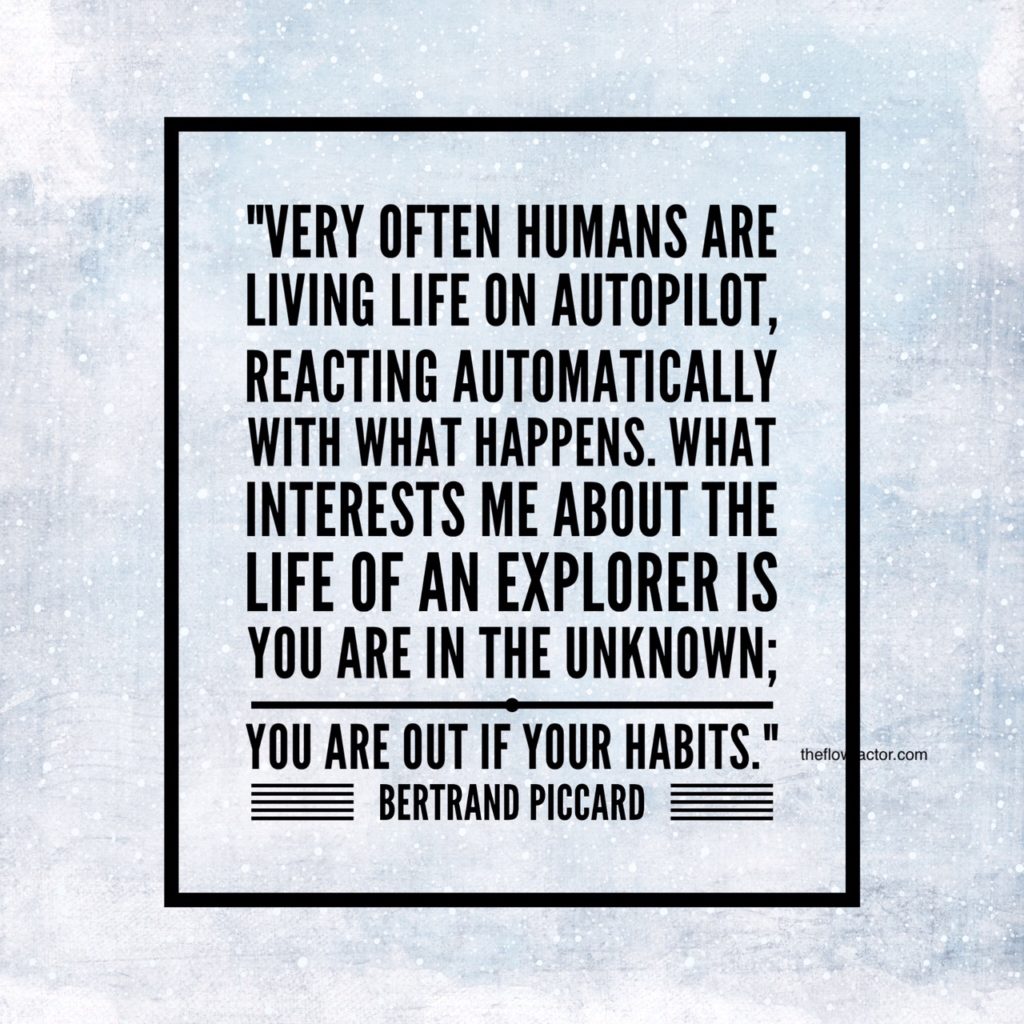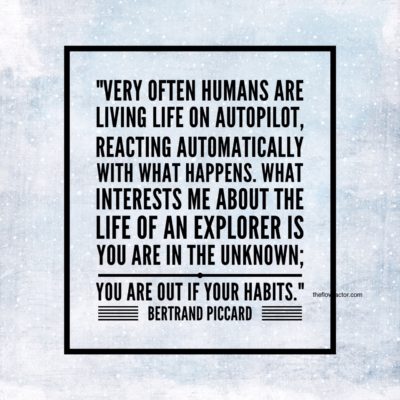 On Saturday afternoons, I take one of my favorite class workouts, Forza, based on samurai sword fighting, with martial arts fitness instructor Ilaria Montagnani. After the warm-up and technical exercises, we learn two combinations, each a series of 16 moves – half cuts, diagonals, horizontals, for example – combined with squats and specific footwork moving backward, forward, sideways and diagonally.
On Saturday afternoons, I take one of my favorite class workouts, Forza, based on samurai sword fighting, with martial arts fitness instructor Ilaria Montagnani. After the warm-up and technical exercises, we learn two combinations, each a series of 16 moves – half cuts, diagonals, horizontals, for example – combined with squats and specific footwork moving backward, forward, sideways and diagonally.
Once we’ve learned the combination, we repeat it, without stopping, for five to six minutes. For years now, we’ve done it, in unison, as a group facing forward towards the mirror. Until one recent Saturday, when I came to class after being away for several weeks and discovered that Ilaria had decided it was time to switch it up: Just as we do in martial arts, practicing our forms facing all four directions, she had us change direction every two minutes, turning to face the left wall, then the back of the room, and then turning again to the far wall.
Suddenly the back of the room, where I was, became the “front” — and I got seriously discombobulated. I realized I hadn’t really learned the combination and couldn’t remember the moves on my own without seeing Ilaria at the front of the room. I turned right when the rest of the class turned left (“oh, hi, everybody!”), did a diagonal cut instead of a horizontal — as it turns out, I had only half been paying attention, while my body took the class on autopilot.
I guess that shouldn’t be surprising, since 95% of the time we’re in autopilot, running a subconscious program that drives our thoughts, beliefs, decisions and actions. There’s nothing wrong with that per se: it would be inconvenient to have to relearn how to brush our teeth or find a different Starbucks everyday. But defaulting to autopilot — which the brain loves, because it’s efficient and means less work — makes it harder for us to change the behaviors that aren’t working for us.
And as billionaire entrepreneur Jesse Itzler says, “Routine can be good, but routine can also be a rut. When I found my life drifting toward cruise control, I decided it was time to shake things up. You know, break out of that same routine.”
In Jesse’s case, he hired a Navy SEAL (known as “the toughest man on the planet”) to live with him and his family for 31 days and force him to get out of his comfort zone (think running in 28-degree weather soaking wet, sleeping in a wooden chair and doing 1,000 pushups a day.)
Luckily, you don’t have to get that extreme. In fact, start with ridiculously small changes. (For me, this meant changing one aspect of things I was already doing: washing dishes with my left hand, switching up the flavor of my protein powder and running backwards in Central Park. In the last three weeks, I’ve graduated to mountain biking, horseback riding and waking up at 4:30 am to meditate.)
Yes, interrupting autopilot means you’ll be more inefficient, but you will also: 1) find yourself being more present in the moment and 2) prove to yourself that you can change, which creates confidence to go farther outside your comfort zone.
What’s one thing you can do to get out of autopilot?
p.s. By the way, when we did the second combination in Forza, I was laser focused and nailed it.
